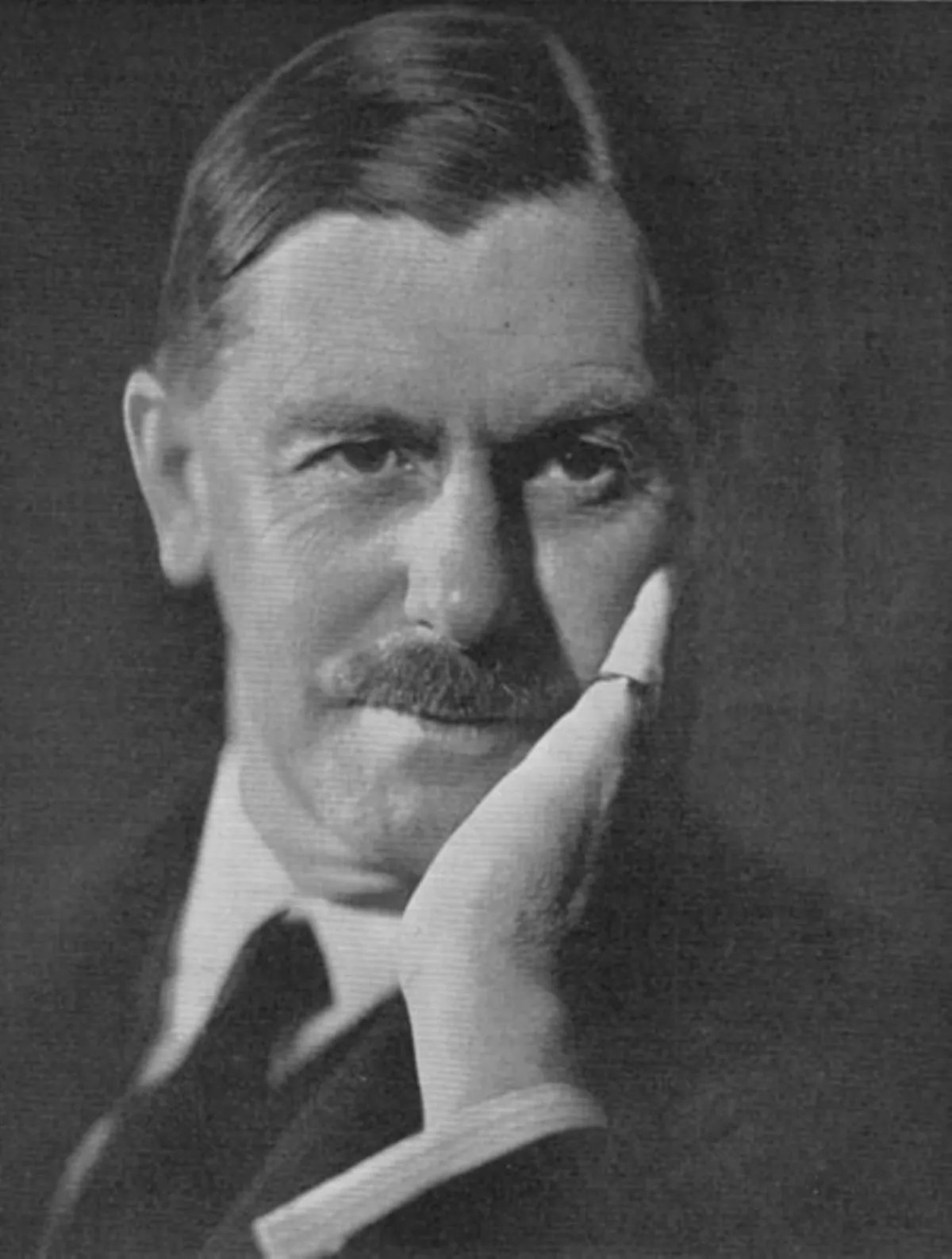 1.
1. Godfrey Huggins served as the fourth Prime Minister of Southern Rhodesia from 1933 to 1953 and remained in office as the first prime minister of the Federation of Rhodesia and Nyasaland until October 1956, becoming the longest serving prime minister in British Commonwealth history, until 1961.